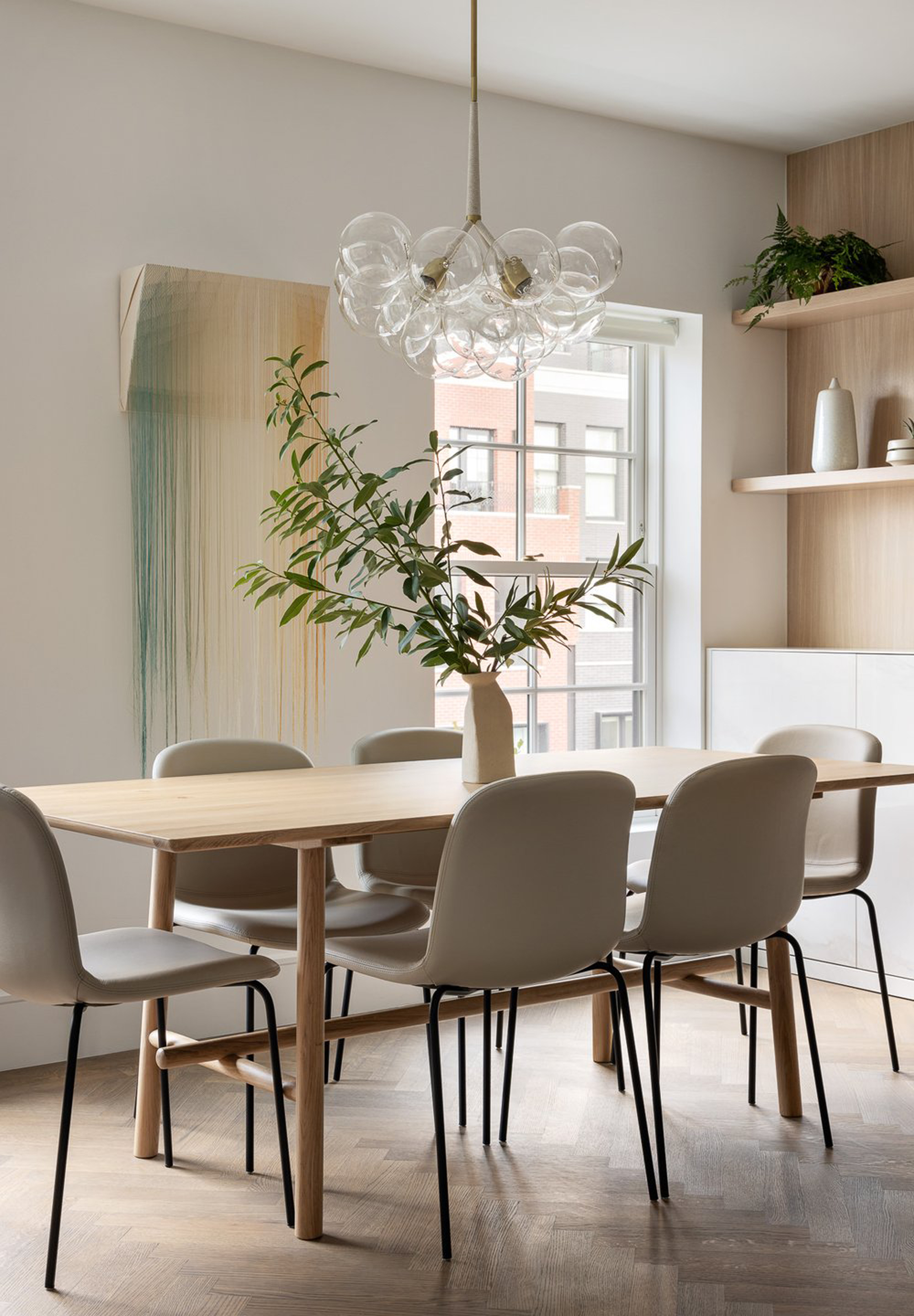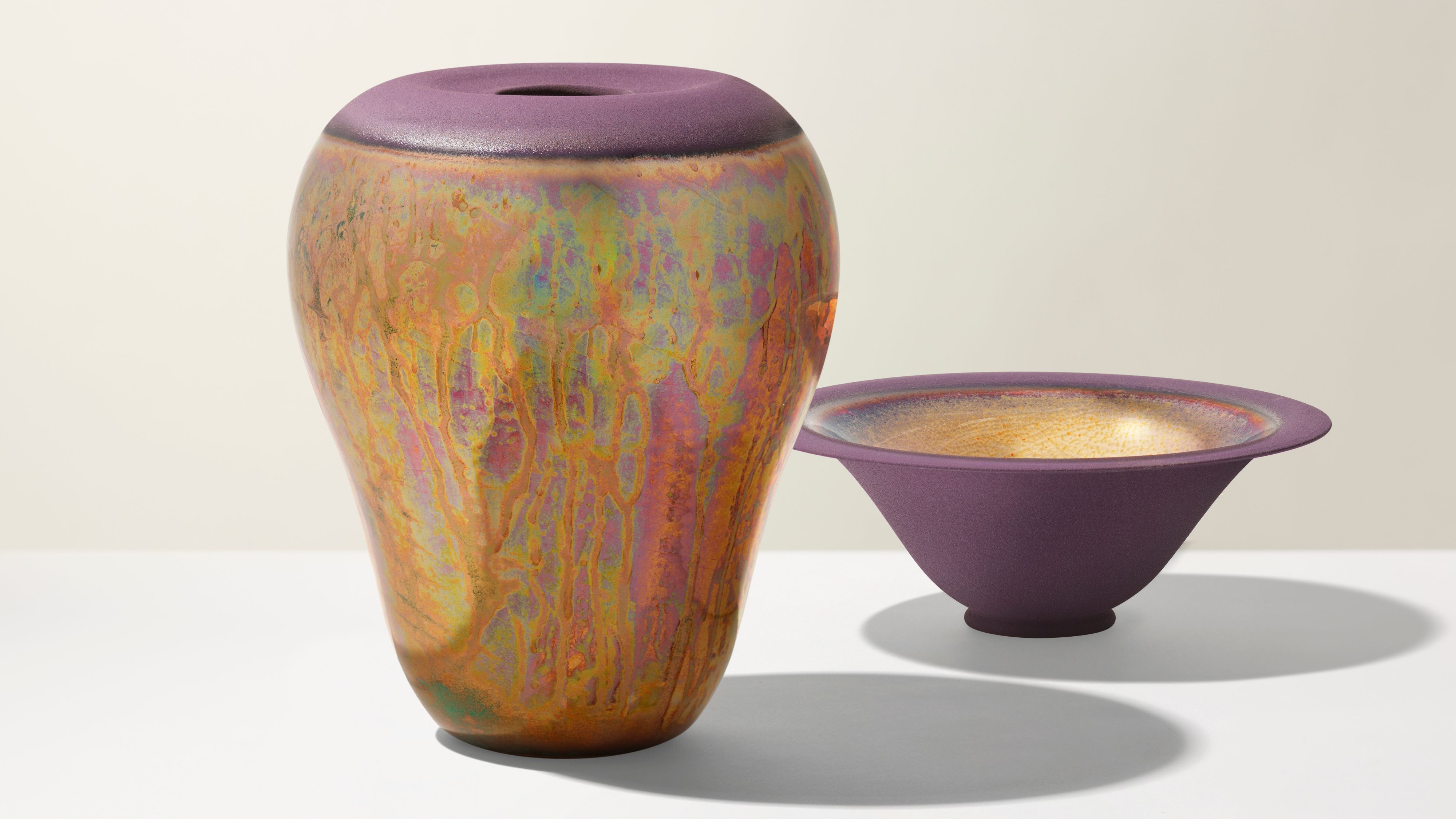Dining room window treatments – elevated looks to try, from casual styles to formal ideas
Unsure of what dining room window treatments to choose? From shades to curtains, here are the best modern looks to try


You might not spend as much time thinking about dining room window treatments as you do for other rooms in the house. By in large, a dining room won't have the same privacy concerns as a bedroom, neither will it require blackout curtains or blinds.
However, window treatments really play into the atmosphere of a room, something especially important in a dining room. Whether you're looking for a bright morning space to eat breakfast and read a newspaper or a place for entertaining guests, your curtains, shades, shutters et al will set the tone for your design.
If you're looking for some ideas for window treatments for this space, whether you've got plans for a cool, casual dining nook or a more formal dining room, we've collected some of the best examples of how to use them to frame your dining table perfectly.
7 clever ways to elevate your dining room window treatments
Let's start with the basics – you've got a variety of window treatments available that will all work for a dining room, so consider how you'll balance the functional and visual needs with your choice. Lined drapes are great for drama, but aren't as casual as some other window dressings, while a set of Roman blinds will look great, but might not be the best choice if you want to quickly and easily block out your windows. With any choice, from curtains and shades to shutter, window film to Venetian blinds, consider how each will affect the light your dining room gets and how important privacy is before you even consider the aesthetic functions.
Luckily, dining rooms don't have such functional requirements as other rooms in the house, so if your space permits, you should get to have a little fun designing them into your room.
These ideas look at current trends and design tips from the experts that will elevate your dining room design, ensuring it looks good and is functional, too.
1. Try a modern take on a curtain rod

While modern, minimalist tracks curtains are certainly a big interior design trend, sometimes your hardware can actually add character your room needs. 'I wanted to add drapery in this dining room to really frame the windows,' says designer Ruchi Agrawal Mohan, founder of DesignbyRUCHI. 'I evaluated multiple hardware vendors till I got the finish I wanted.'
The curtain rods add to the contrast of traditional and modern ideas in this space, using a curtain rod with a concealed track for a modern take on the classic idea. Traditionally, curtain rods would require hooks, or eyelet curtains, but this design streamlines the look, and ensures perfectly even folds.
'The idea for the apartment was to feel modern and I chose a ripple fold style of drapery,' Ruchi says. 'The fabric itself has a complexity to its texture and a subtle play on neutral colors. When they were fully installed, they brought an unknown joy. They bring softness and sophistication to the dining room and add height to the already high ceiling.'
2. Let the view be the star

Of anywhere in the house, dining rooms are spaces you want to encourage people to linger, and it's the perfect space to highlight a good view, creating a room where you can sit and watch the world go by out of the window.
Whether it's to emphasize the views or ensure your room is as light and bright as possible, a dining room is the space where you could consider going window treatment-free, or opting for something discrete and low-fuss like a roller shade.
When decorating this apartment, OAD Interiors used a roller shade, which blends into the white walls and window frames for a low-impact look. 'I’m a fan of solar shades in modern gathering spaces to protect the interior and still provide a view of the exterior,' explains Melissa Anderson, founder of OAD Interiors.
3. Keep it light

Whether you're creating a casual dining space or a formal entertaining space, window treatment trends are moving away from heavier textiles to lighter ones, even when you're looking to dress up a space a little more.
'In more modern residences and dining rooms soft but tailored drapes can be used to create warmth without feeling heavy or fussy,' explains interior designer Lisa Staton. 'In using simple linen neutral colors the drapes do not detract from the simple elegance of the clean lined architecture.'
In this scheme, a huge curtain stack adds drama while ensuring they can be drawn over large glazed doors to make the space more private or atmospheric. A matching Roman shade captures the same balance of formal and easy-going as the drapes to round out the scheme.
4. Create a relaxed look with sheers

Sheers are the perfect window treatment choice for a dining room. They can be drawn to create privacy without blocking out light, while contributing to a relaxed aesthetic that well-suited to how we entertain at home these days.
In this scheme by Lisa Staton, floor-to-ceiling sheers in an off-white help to emphasize the height of the room, thanks to a curtain rod positioned a few inches above the window trim. If you're not sure how high to hang a curtain rod, think about splitting the difference between the top of the window and the ceiling or moldings.
5. Adapt your window treatments to suit your layout

Sometimes, the best dining room layout will mean putting your table up against a wall with windows on. Whether you have banquette seating, or just have chairs close to the windows, curtains might not be the best pick for this idea, so consider switching up your look for something that remains out of the way when open.
This grey dining room has been given ample built-in seating, ensuring a generous number of people can share the table. Yet, as the banquette covers a window, a simple Roman shade has been used where drapes would be awkward and fussy.
'We chose to keep the window treatments in this dining room tailored and simple,' says its designer, Lisa Staton.
6. Consider your curtain type

If you've decided on drapes for a dining room, you'll also need to decide on which kind of top you're going to choose. Not only will this affect how you install them, but also change the look and feel of the space.
'Different curtain headings will create distinctive looks,' agree Jen and Mar, the interior designers behind Interior Fox. Tailored and pinch pleats look more formal, while ripple fold curtains are best for a contemporary look and suit small dining rooms better than more traditional styles.
For a casual feel, try a rod pocket curtain, as pictured above. 'Alternatively, for a more relaxed look try tie-top curtains. They are increasingly becoming more popular, they feel light, airy, and add a rustic element to your window,' Jen and Mar say.
7. Double up window treatments for a luxe look

There's no denying there's a certain beauty in a well-dressed window, and if you're looking for a treatment that will work well in a more formal dining space, consider combining both shades and drapes. Practicality-wise, it can provide you with a little versatility for your space, plus it looks great.
In this modern New York apartment dining room by interior designer Jen Talbot, huge sheer curtains appear to elongate the space, highlighting its lofty ceilings. Installed on a smooth gliding track, they're easier to close than traditional curtains, and can help diffuse light into the space while making it more private. The solar shades come in to play when looking to keep the room cooler in summer, or make the open plan space darker when needed.
What window treatments are on trend this year for dining rooms?
In terms of interior design trends, low-profile curtain tracks are having their moment in the sun. 'Those looking for a modern and sleek finish should consider a curtain track system,' says interior designers Jen and Mar, co-founders of Interior Fox. 'The curtains themselves are attached to a low-profile track using gliders, which allows them to move effortlessly along the track.'
Also think about integrating smart curtain systems into your dining room, too. There are some great modern systems that don't need professional installation, and can make changing the ambience of your space quick and easy, at the touch of a button.
In terms of shades, we're seeing more Roman styles, even in contemporary homes, in either lightweight or simple and textured textiles taking over from styles like Venetian and roller blinds.
Be The First To Know
The Livingetc newsletters are your inside source for what’s shaping interiors now - and what’s next. Discover trend forecasts, smart style ideas, and curated shopping inspiration that brings design to life. Subscribe today and stay ahead of the curve.

Hugh is Livingetc.com’s editor. With 8 years in the interiors industry under his belt, he has the nose for what people want to know about re-decorating their homes. He prides himself as an expert trend forecaster, visiting design fairs, showrooms and keeping an eye out for emerging designers to hone his eye. He joined Livingetc back in 2022 as a content editor, as a long-time reader of the print magazine, before becoming its online editor. Hugh has previously spent time as an editor for a kitchen and bathroom magazine, and has written for “hands-on” home brands such as Homebuilding & Renovating and Grand Designs magazine, so his knowledge of what it takes to create a home goes beyond the surface, too. Though not a trained interior designer, Hugh has cut his design teeth by managing several major interior design projects to date, each for private clients. He's also a keen DIYer — he's done everything from laying his own patio and building an integrated cooker hood from scratch, to undertaking plenty of creative IKEA hacks to help achieve the luxurious look he loves in design, when his budget doesn't always stretch that far.
-
 My 10 Favorite Designs at Milan Design Week 2025 — Out of the Hundreds of Pieces I Saw
My 10 Favorite Designs at Milan Design Week 2025 — Out of the Hundreds of Pieces I SawThere is a new elegance, color, and shape being shown in Milan this week, and these are the pieces that caught my eye
By Pip Rich
-
 Iridescence Is Chrome’s More Playful, Hard-to-Define Cousin — And You're About to See It Everywhere
Iridescence Is Chrome’s More Playful, Hard-to-Define Cousin — And You're About to See It EverywhereThis kinetic finish signals a broader shift toward surfaces that move, shimmer, and surprise. Here's where to find it now
By Julia Demer